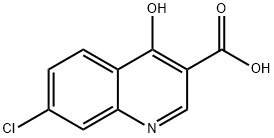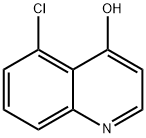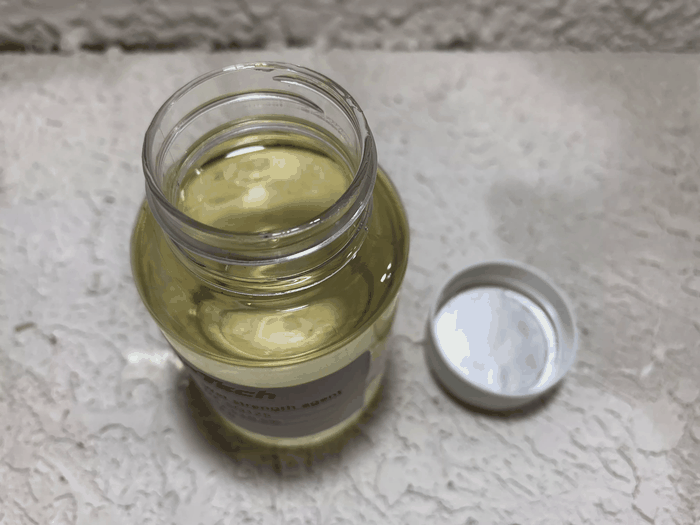2-(Ethylamino)ethanol
Synonym(s):N-Ethylethanolamine;2-(Ethylamino)ethanol;N-Ethylethanolamine
- CAS NO.:110-73-6
- Empirical Formula: C4H11NO
- Molecular Weight: 89.14
- MDL number: MFCD00002841
- EINECS: 203-797-5
- SAFETY DATA SHEET (SDS)
- Update Date: 2025-12-17 09:49:51

What is 2-(Ethylamino)ethanol?
Chemical properties
Clear colorless to slightly yellowish liquid
The Uses of 2-(Ethylamino)ethanol
2-(Ethylamino)ethanol is an efficient compound used for inhibiting corrosion. This high activity of the inhibitor may be interpreted both by its ability to stabilize the hydroxide surface film and by its adsorption onto bare sites of the metal.
The Uses of 2-(Ethylamino)ethanol
Solvent, intermediate.
What are the applications of Application
2-(Ethylamino)ethanol is A basic amino alcohol compound used for biochemical research
General Description
A colorless liquid with an amine-like odor. Flash point 160°F. Slightly less dense than water. May mildly irritate skin and eyes. At high temperature may decompose to yield toxic oxides of nitrogen.
Air & Water Reactions
Soluble in water.
Reactivity Profile
ETHYLAMINOETHANOL is an aminoalcohol. Amines are chemical bases. They neutralize acids to form salts plus water. These acid-base reactions are exothermic. The amount of heat that is evolved per mole of amine in a neutralization is largely independent of the strength of the amine as a base. Amines may be incompatible with isocyanates, halogenated organics, peroxides, phenols (acidic), epoxides, anhydrides, and acid halides. Flammable gaseous hydrogen is generated by amines in combination with strong reducing agents, such as hydrides.
Health Hazard
Inhalation or contact with material may irritate or burn skin and eyes. Fire may produce irritating, corrosive and/or toxic gases. Vapors may cause dizziness or suffocation. Runoff from fire control or dilution water may cause pollution.
Flammability and Explosibility
Non flammable
Safety Profile
Poison by skin contact. Moderately toxic by ingestion and intraperitoneal routes. A skin and severe eye irritant. Flammable when exposed to heat or flame; can react vigorously with oxidizers. To fight fre, use alcohol foam, dry chemical, CO2. When heated to decomposition it emits toxic fumes of NOx.
Properties of 2-(Ethylamino)ethanol
| Melting point: | −90 °C(lit.) |
| Boiling point: | 169-170 °C(lit.) |
| Density | 0.914 g/mL at 25 °C(lit.) |
| vapor density | 3 (vs air) |
| vapor pressure | <1 mm Hg ( 20 °C) |
| refractive index | n |
| Flash point: | 160 °F |
| storage temp. | Store below +30°C. |
| solubility | Chloroform, Methanol (Slightly) |
| form | Liquid |
| pka | 15.26±0.10(Predicted) |
| Specific Gravity | 0.92 |
| color | Clear colorless to slightly yellow |
| PH | 12.3 (100g/l, H2O, 20℃) |
| explosive limit | 1.6-11.7%(V) |
| Water Solubility | miscible |
| BRN | 635671 |
| CAS DataBase Reference | 110-73-6(CAS DataBase Reference) |
| NIST Chemistry Reference | Ethanol, 2-(ethylamino)-(110-73-6) |
| EPA Substance Registry System | N-Ethyl ethanolamine (110-73-6) |
Safety information for 2-(Ethylamino)ethanol
| Signal word | Danger |
| Pictogram(s) |
 Corrosion Corrosives GHS05  Exclamation Mark Irritant GHS07 |
| GHS Hazard Statements |
H302:Acute toxicity,oral H314:Skin corrosion/irritation |
| Precautionary Statement Codes |
P270:Do not eat, drink or smoke when using this product. P280:Wear protective gloves/protective clothing/eye protection/face protection. P301+P312:IF SWALLOWED: call a POISON CENTER or doctor/physician IF you feel unwell. P301+P330+P331:IF SWALLOWED: Rinse mouth. Do NOT induce vomiting. P303+P361+P353:IF ON SKIN (or hair): Remove/Take off Immediately all contaminated clothing. Rinse SKIN with water/shower. P305+P351+P338:IF IN EYES: Rinse cautiously with water for several minutes. Remove contact lenses, if present and easy to do. Continuerinsing. |
Computed Descriptors for 2-(Ethylamino)ethanol
2-(Ethylamino)ethanol manufacturer
New Products
Indole Methyl Resin tert-butyl 9-methoxy-3-azaspiro[5.5]undecane-3-carboxylate Boc-His(Boc)-OH 2-CTC Resin 4-Chloro-7-tosy1-7Hpyrrolo[2,3-d]pyrimidine 5,7-Dibromo-1H-indole 2,5-dichloro-N-hydroxy-4,6-dimethylpyridine-3-carboximidamide 2,2-Dimethoxy-7-azaspiro[3.5]nonane hydrochloride 4-chloromethyl-5-methyl-1,3-dioxol-2-one (DMDO-Cl) R-2-BENZYLOXY PROPIONIC ACID 1,1’-CARBONYLDIIMIDAZOLE 1,1’-CARBONYLDI (1,2-4 TRIAZOLE) N-METHYL INDAZOLE-3-CARBOXYLIC ACID 4-((2-hydroxyethyl)thio)benzoic acid 1-(TERT-BUTOXYCARBONYL)-2-PYRROLIDINONE Methyl 6-methylnicotinate 3-Pyridineacrylic acid tert-Butyl carbazate TETRAHYDRO-2H-PYRAN-3-OL 2-((4-morpholinophenylamino) (methylthio) methylene) malononitrile 3-(4-morpholinophenylamino)-5-amino-1H-pyrazole-4-carbonitrile 2,4-dihydroxybenzaldehyde 1,3-Diethyl-1,3-Diphenylurea Methyl 2-methylquinoline-6-carboxylateRelated products of tetrahydrofuran





![Ethanol, 2-[ethyl[4-(4-quinolinylamino)pentyl]amino]-](https://img.chemicalbook.in/CAS/20200611/GIF/478784-66-6.gif)
![5-[ethyl(2-hydroxyethyl)amino]pentan-2-one](https://img.chemicalbook.in/CAS/GIF/74509-79-8.gif)

You may like
-
 110-73-6 EMEA 98%View Details
110-73-6 EMEA 98%View Details
110-73-6 -
 110-73-6 98%View Details
110-73-6 98%View Details
110-73-6 -
 2-(Ethylamino)-ethanol 98%View Details
2-(Ethylamino)-ethanol 98%View Details
110-73-6 -
 2-(Ethylamino)ethanol CAS 110-73-6View Details
2-(Ethylamino)ethanol CAS 110-73-6View Details
110-73-6 -
 2-(Ethylamino)ethanol, 97% CAS 110-73-6View Details
2-(Ethylamino)ethanol, 97% CAS 110-73-6View Details
110-73-6 -
 2-(ETHYLAMINO) ETHANOL For Synthesis CAS 110-73-6View Details
2-(ETHYLAMINO) ETHANOL For Synthesis CAS 110-73-6View Details
110-73-6 -
 2-(Ethylamino)ethanol CAS 110-73-6View Details
2-(Ethylamino)ethanol CAS 110-73-6View Details
110-73-6 -
 2-(Ethylamino)ethanol CAS 110-73-6View Details
2-(Ethylamino)ethanol CAS 110-73-6View Details
110-73-6
